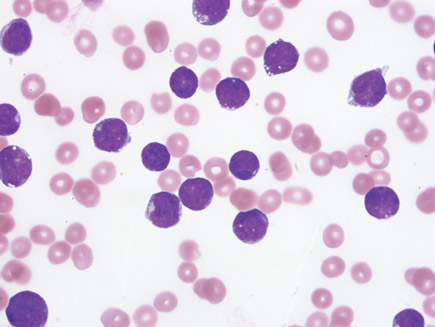Founding ABIM, fighting World War II: ACP from 1935-1945
ACP's third decade began with the founding of a certifying body for internal medicine, with written and clinical exams starting in 1936. The protests began soon thereafter. It wasn't the only war fought within the next 10 years.
The College began its third decade with another move, to 4200 Pine Street in Philadelphia in 1936. The new headquarters provided office and meeting space, rooms for visiting physicians, and—courtesy of the prior owner—a billiard table.
But it wasn't all fun and games in the late 1930s. After years of debate and research, the leaders of the College and internal medicine generally finally agreed on the need for a body to certify internists' knowledge and skills. The American Board of Internal Medicine was founded in 1936 and began giving written and clinical examinations that year.
The board continued to be the subject of debate, however, on issues such as whether certification should be required for Fellowship and whether military officers could be exempted. In 1942, College Regents listened to protests about the exams. “These complaints apparently emanated from certain members dissatisfied because of having failed their examinations,” according to historian George Morris Piersol, MD, MACP.
In response, “It was suggested that if the Committee on Credentials of the College and the American Board of Internal Medicine were not subjected to a certain amount of criticism, it would be an indication that they were not effectively carrying on their responsibilities and fulfilling their obligations to the College and the internists of this country,” Dr. Piersol wrote.
The Regents otherwise made an effort to stay out of politics, refusing to take positions on abuse of free medical services and hospital publicity, although they did oppose a proposed California law that would have banned all animal research. Physician fees were also a hot-button issue at the time, and an ACP committee concluded that fees should be set “openly and frankly.”
The scientific program of the annual meeting was also much different from today's. In 1940, highlights included the role of substances derived from soil microorganisms in combating infection, the latest sulfapyridine drugs, and aviation and submarine medicine.
Annals of Internal Medicine grew in popularity and size in the late 1930s. A limit was placed on the number of pages per annual volume (2,400) as well as pages per article. After a particularly long review on rheumatism, it was decided that a single review should not exceed 100 pages.
College leaders also thought that ACP might be getting too big. In 1940, with 3,200 Fellows, 1,200 Associates, and a few Masters, capping the size of the organization was considered, due to a lack of sufficient space for meetings. Obviously, the Regents decided against a size limit.
They also made room in the organization for Cuban physicians, some of whom were elected into Fellowship in the Florida chapter in 1941, “as it was thought that an election of leading Cuban internists to the College would help improve relationships between the United States and Cuba.”
By 1942, the entire attention of the College was focused on geopolitics, with the United States' entrance into World War II. The annual meeting, held in St. Paul, Minn., included sessions on malaria and other tropical diseases, shock treatment, and blood banks and substitutes, as well many on more civilian medicine. At College gatherings, there were some heated discussions, typically between residents of the East and West Coasts, who more often favored entering the war, and those of the central states, who felt less threatened by the global conflict, according to Dr. Piersol.
But once the United States entered the war, College members pitched in by serving actively, teaching physicians in training, or taking over responsibility for absent colleagues (a wartime exception was made to the prohibition on providing surgical or obstetric care and still calling oneself an internist). Dr. Piersol reported that 33% of College members served in some capacity in the armed forces during the war.
Due to the war, annual meetings were cancelled from 1943 through 1945, although the Regents and Governors still met. At the final governance gathering of ACP's third decade, College President James E. Paullin, MD, MACP, resigned after serving 2 terms. He was later at the bedside of Franklin D. Roosevelt when he died on April 12, 1945.




